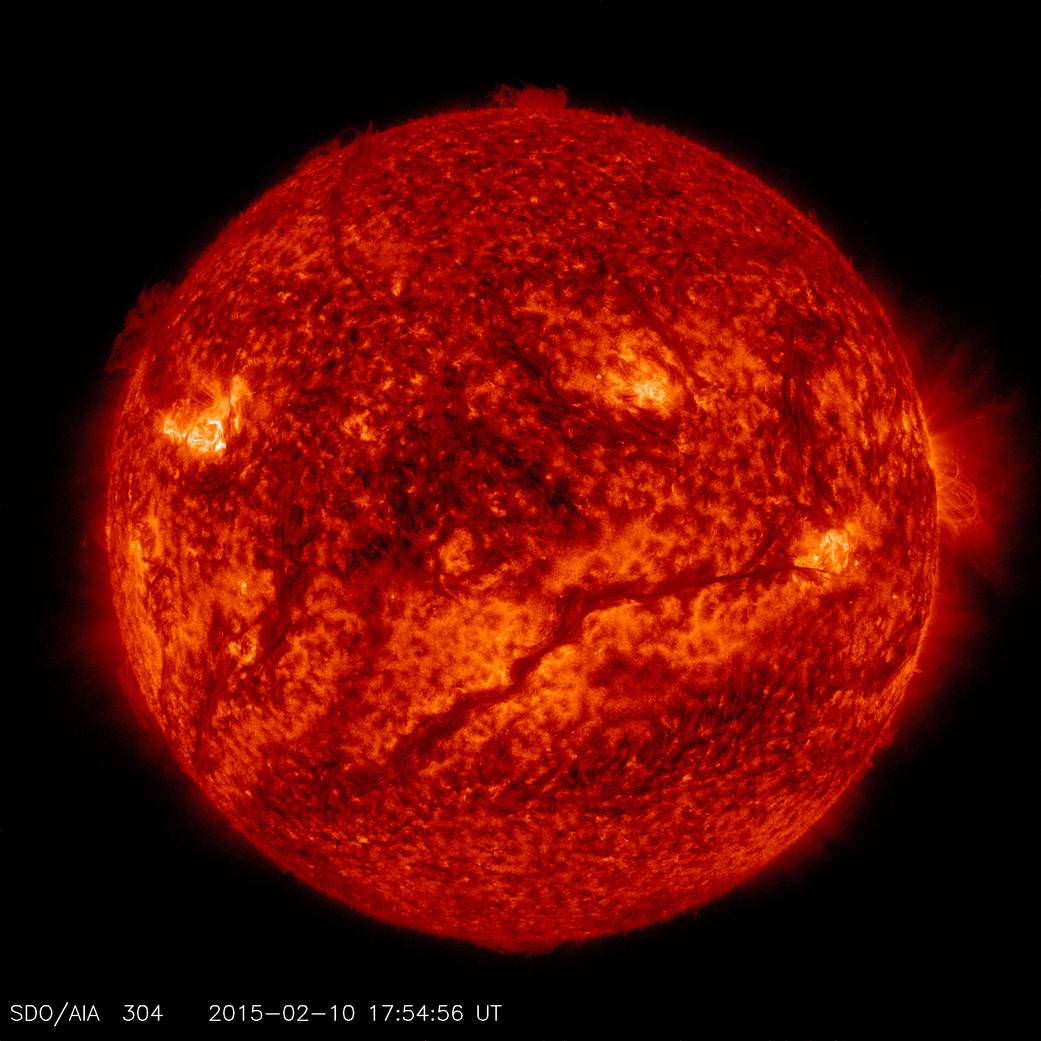The early Solar System was a much different place than it is now. Chaos reigned supreme before things settled down into their present state. New research shows that the young Sun was more chaotic and expressive than it is now, and that Earth’s magnetic field was key for the development of life on Earth.
Researchers at the Harvard Smithsonian Centre for Astrophysics have been studying a star called Kappa Ceti, about 30 light years away in the Cetus constellation. Kappa Ceti is in many ways similar to our own Sun, but it’s estimated to be between 400 million to 600 million years old, about the same age as our Sun when life appeared on Earth. Studying Kappa Ceti gives scientists a good idea of the type of star that early life on Earth had to contend with.
Kappa Ceti, at its young age, is much more magnetically active than our 4.6 billion year old Sun, according to this new research. It emits a relentless solar wind, which the research team at Harvard says is 50 times as powerful as the solar wind from our Sun. It’s surface is also much more active and chaotic. Rather than the sunspots that we can see on our Sun, Kappa Ceti displays numerous starspots, the larger brother of the sunspot. And the starspots on Kappa Ceti are much more numerous than the sunspots observed on the Sun.
We’re familiar with the solar flares that come from the Sun periodically, but in the early life of the Sun, the flares were much more energetic too. Researchers have found evidence on Kappa Ceti of what are called super-flares. These monsters are similar to the flares we see today, but can release 10 to 100 million times more energy than the flares we can observe on our Sun today.
So if early life on Earth had to contend with such a noisy neighbour for a Sun, how did it cope? What prevented all that solar output from stripping away Earth’s atmosphere, and killing anything alive? Then, as now, the Earth’s electromagnetic field protected it. But in the same way that the Sun was so different long ago, so was the Earth’s protective shield. It may have been weaker than it is now.
The researchers found that if the Earth’s magnetic field was indeed weaker, then the magnetosphere may have been only 34% to 48% as large as it is now. The conclusion of the study says “… the early magnetic interaction between the stellar wind and the young Earth planetary magnetic field may well have prevented the volatile losses from the Earth exosphere and created conditions to support life.”
Or, in plain language: “The early Earth didn’t have as much protection as it does now, but it had enough,” says Do Nascimento.
Evidently.


Electric universe woo-woo in 3… 2…
LMFAO!!
Hahaha!!